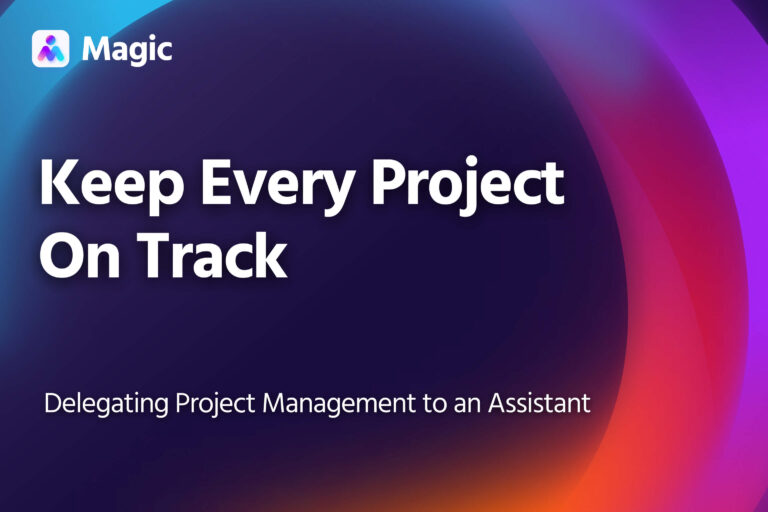The Great Resignation has people talking.
Many are talking about what caused it. Others, about how employers can come out of it on top. And others still are asking how people will get by after leaving their jobs. One common answer? Gig work.
The so-called gig economy encompasses several forms of work. In recent years, it’s become associated with platforms like Uber, Deliveroo and Lyft, but it also refers to broader freelance or project-based work—though these too are increasingly reliant on online hubs.
Research on the gig economy has shown considerable growth in the sector, as well as an increase in businesses’ reliance on such workers. Since the pandemic, these trends have accelerated. Anecdotes abound of laid-off workers getting by thanks to gig work, and many more people are considering it in their career path. Given the increasing importance of flexibility in work—one oft-cited reason for the Great Resignation—it might seem unsurprising that gig work is becoming more popular.
But gig work isn’t without problems. It’s precarious, unpredictable and, thanks to centralized platforms, rarely actually that flexible. While many speculate that the resignation generation will turn to the gig economy, these predictions deserve further scrutiny. To understand the future of work—where gigs fit into it, and how employers can ride the wave of empowered quitters—one must look to both the causes of the Great Resignation, as well as the current state of the gig economy.
What’s Behind the Great Resignation?
The widespread resignations of the past few months are the result of several coinciding factors. One of them is timing: Many people who held onto jobs out of fear; with circumstances more stable, they’re secure enough to quit. Part of the Great Resignation, then, is merely a backlog.
But only part of it. Many resign seeking better pay and benefits—crystallized in the divisive conversation about how “No one wants to work anymore”—while others quit to escape burnout, or to seek more flexible employers.
On one hand, burnout spiked because of pandemic work conditions. As companies return to pre-pandemic routines, employees may find their problem solved. Yet that return to routine would go directly against flexibility. And for many employees, having tasted the benefits of flexible work during the pandemic months, that is simply not acceptable.
At a glance, gig work—which ditches fixed structures and hierarchies—would seem the perfect answer to the contemporary quest for flexibility. But there’s another thing people have learned from the pandemic: Flexibility, done wrong, can lead to burnout.
Indeed, one major cause of burnout is the erosion of boundaries between the professional and the personal. This is true in terms of time, with work bleeding beyond the clock, and in terms of space, with the office intruding into the home. In theory, gig work solves this by giving workers control of their boundaries.
In practice, it’s often much different.
Promise and Precariousness in the Gig Economy
In its ideal form, gig work promises agency. Gig workers have the freedom to choose the jobs they take on, as well as when, where and how they tackle them. And in some cases, this promise is fulfilled: Some sought-after young professionals choose gig work over lucrative fixed positions in order to consistently tackle projects at the forefront of their fields. This ensures their portfolios remain more attractive than those of their peers.
But for others, gig work’s blessing is a mixed one. This is partly because of how broad a category gig work is. It encompasses lucrative, highly-competitive jobs, such as the highest strata of computing and consulting; as well as undervalued jobs such as driving, delivery, and domestic care. While those at the top may find gig work liberating, those at the bottom are exposed to precarious, poorly-if-at-all-regulated conditions.
This precariousness is the underbelly of gig work’s promised agency. Many gig workers have little more freedom than their tenured peers. Financial prospects depend on constantly seeking out clients. Retaining them often means sacrificing work-life boundaries. And many are driven to work long hours to earn enough to cover what they lack in benefits.
Perhaps unsurprisingly, gig economy platforms are facing increased scrutiny worldwide — though this doesn’t always turn out as expected.
It’s Broke; Don’t Fix It: California’s Case for Gig Work
In 2019, California’s legislature established new standards for who could or could not be considered an independent contractor. Under these standards, most gig workers under major platforms like Uber and Lyft would have to be counted as employees—with all the rights and protections that entailed.
Those companies, along with several other parties, threw their support behind a ballot initiative called Proposition 22, which would exempt them from the bill. In November 2020, their efforts—and considerable lobbying expenditure—paid off. With a vote of 58%-42%, Proposition 22 went through.
In some regards, Proposition 22 poses a challenge to those decrying gig work. Given the chance to seek regularization, certain gig workers — app-based drivers, in this case — didn’t just refuse; they actively resisted.
Yet it’s also worth noting that while app-based drivers remain independent contractors thanks to Proposition 22, they enjoy a number of benefits — concessions, if you will, to the need for greater protection from precarious work. These include:
- Increased pay based on the minimum wage and fuel price inflation
- A limit on hours worked (i.e. no more than 12 in a 24-hour period, until at least 6 uninterrupted hours spent logged off)
- Healthcare subsidies available in different tiers based on hours worked per week
- Access to insurance under certain conditions related to working with the app
Flexibility in the Future: The Need for New Rules
The case of Proposition 22 shows that while gig workers do need more work-related security, it’s not a simple matter of switching over to a traditional employment model. Many argued that such a move would either constrain gig platforms’ ability to offer work to them — leaving aside for now whether that’s a fault of the platforms or the law — or limit their ability to accept the work, since not all of them worked full-time equivalent schedules.
Of course, Proposition 22 is hardly a clear-cut case. Driving apps had much to lose in terms of profit, and their hefty lobbying expenses should make it clear this was hardly an unbiased case. Yet neither is it grounds to dismiss the legitimate problems of simply reverting to conventional employment.
Indeed, if there’s something to learn from Proposition 22, it’s that policies of work will have to change to accommodate the flexibility workers want, while still protecting their rights as workers. How the saga unfolds — with Proposition 22’s constitutionality recently challenged — will doubtless shed light on how to strike this balance.
In this regard, gig work does offer a way forward — but not one without risks. Today’s workers have been burned by traditional work and its failed promise of upward mobility. Now, gig work makes a new promise: that of the agency to take charge of and enjoy one’s life. But unless private and public policy makers can protect workers from job insecurity, overwork, and precarious work conditions, that promise will go unfulfilled, and burned out workers will once more walk away.






